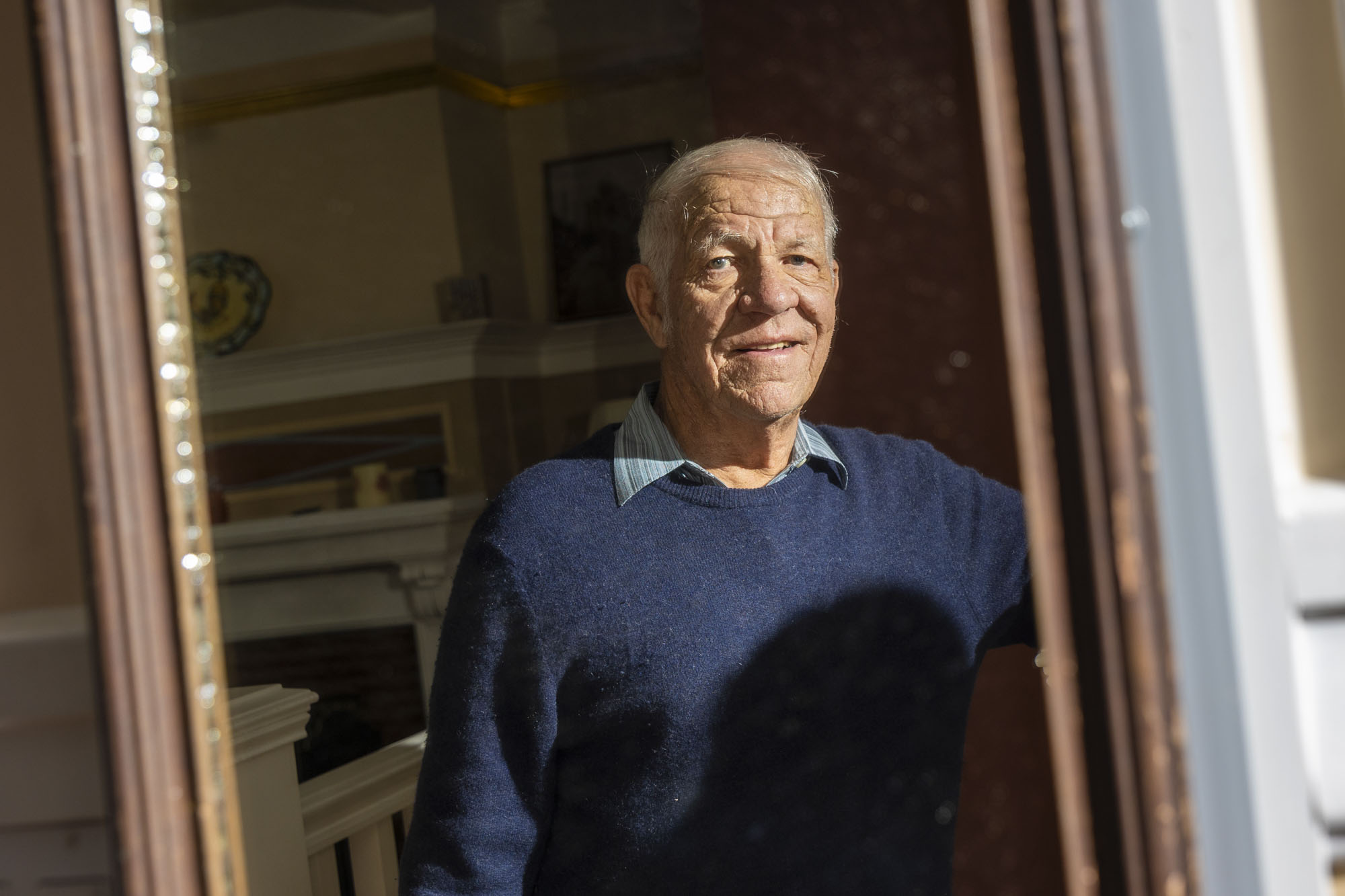
""What you find is actually a whole new way of thinking about color, because now it's not derivative of a specific material. It's actually applied to something," Thenhaus said. "That's when you start to see the Victorians kind of change their clothing from this earthen material to something that's much more vibrant and bright.""
""I just learned everything the hard way," Buckter said. "I made sure people would be happy, even when I was trying new things, and I learned a lot doing that.""
""A friend sent me the Craigslist ad, and she was like, 'It speaks to you, it has your colors," she said. "It has this deep yellow, and I had friends who used to call me Yellow Maria because my whole wardrobe was yellow. It was meant to be, you know? And it's very beautiful.""
Timber became the primary building material for West Coast Victorian houses, providing a surface better suited for paint and enabling multicolored facades across California in places like Santa Cruz, Nevada City and Eureka. The shift to painted wood freed color choices from material constraints, producing much more vibrant and varied palettes. A San Francisco painter named Buckter began painting houses in the 1970s, learning color through practice rather than formal training and later became a color consultant. Buckter designed brightly colored accessory dwelling units that attract residents who choose units for their specific hues.
Read at Kqed
Unable to calculate read time
Collection
[
|
...
]